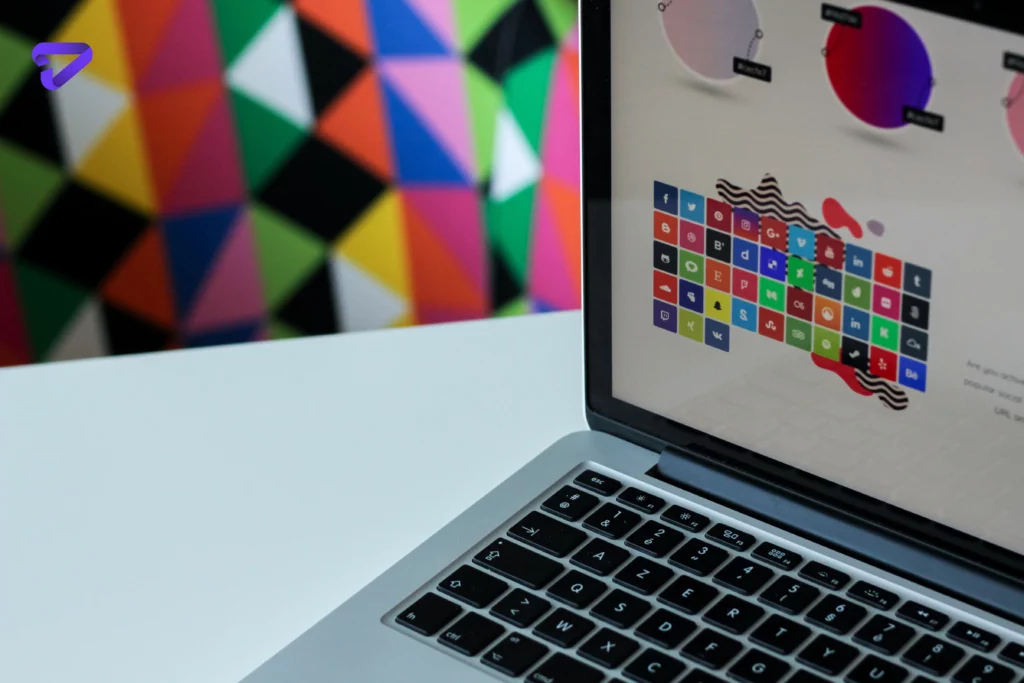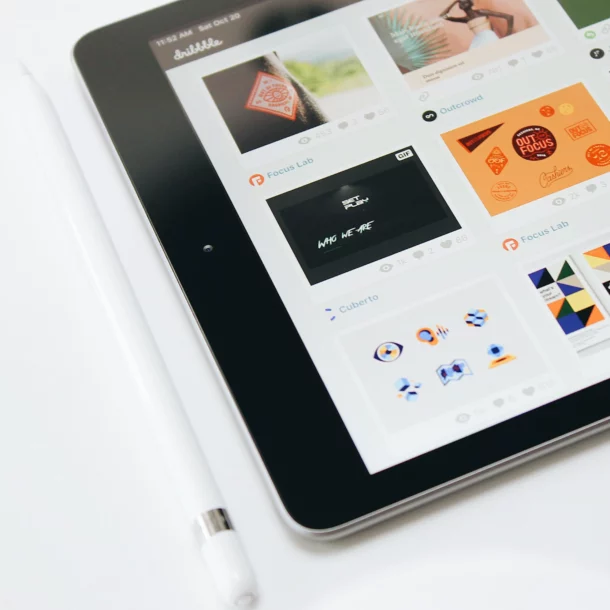
Is graphic design a good skill?
Why Are Graphic Design Skills Valuable? A Look at the Benefits of Learning This Impactful Visual Art
Graphic Design is Versatile
Graphic design involves creating visual communications and solving problems through art. It’s highly versatile, letting you apply visual skills across countless industries. Wherever a brand, product, service, or message needs an engaging identity or experience, graphic designers are needed.
You’ll conceptualize logos, packaging, marketing materials, website interfaces, app layouts, data visualizations, animations, and more. With graphic design capabilities, you can work on diverse projects for all types of clients – from corporate marketing teams to nonprofit organizations to tech startups and more.
The versatility makes it a great skill set. Options stay interesting when you aren’t siloed. You can shift focus over a career, trying new specialties like packaging, UI/UX, illustration, typography, motion graphics, environmental design, etc.
It Lets You Be Creative
Graphic design requires significant doses of creativity. You get to invent eye-catching visuals that capture attention and emotionally connect with audiences. There are always new messages, mediums, and campaigns to bring to life through thoughtful uses of images, type, color, and composition.
If you love freely dreaming up ideas and expressing concepts visually, graphic design is a perfect outlet to unleash your innovation. It provides constant creative challenges and opportunities to hone your imagination and find unique solutions. When your work resonates, it’s advantageous.

The Work is Hands-On
Unlike some desk jobs that revolve around data entry or spreadsheet work, design keeps you intellectually and practically engaged through hands-on creation. You actively ideate interesting concepts, iterate initial sketches, thoughtfully refine design direction, and produce polished final designs using digital illustration tools, photo editing software, layout programs, and more.
Most work involves active digital art and production rather than just typing at a keyboard. The mix of critical thinking, problem-solving, and hands-on creation provides very satisfying results you can see and feel. If you prefer visual, tactile work, graphic design delivers engaging days.
It Teaches Transferable Skills
Learning graphic design fosters helpful lifelong skills, both hard and soft. You build visual literacy skills – understanding how to interpret and communicate ideas through aesthetics. You gain technical abilities in design software and digital art tools. But you also develop soft skills in communication, collaboration, project management, creative process, navigating feedback, and more.
Many graphic design skills transfer well to areas outside of design. The strengths in analysis, critical thinking, creative innovation, articulating messages, and simplifying complexity apply widely. Knowledge stays relevant over the long term even as trends evolve. The mix of hard and soft skills creates a versatile, employable skillset.
You Can Work Anywhere
Unlike location-dependent careers, graphic designers often have flexibility in where they work. Freelancers usually complete projects remotely from home for clients nationwide or globally. Even design agencies commonly enable remote work options these days.
As long as you have a reliable laptop and internet, you can collaborate digitally via email, cloud design apps, video calls, and project management platforms. This location flexibility removes commuting restraints and enables you to live anywhere. You have more control over your work-life balance when you avoid lengthy commutes.

Growing Demand in The Market
The U.S. Bureau of Labor Statistics currently predicts graphic design employment will grow about 3% from 2021 to 2031 as businesses continue requiring strong branding and experiences across digital and print touchpoints. New technologies also emerge regularly, expanding opportunities for interactive designers, animators, VR world builders, and more.
Nearly a quarter of designers were self-employed as freelancers in 2021, validating their independent work potential. While the field is competitive, graphic design jobs remain plentiful and diverse for qualified candidates focused on building an adaptable skillset and varied portfolio. With so many companies prioritizing visual identity, demand for designers continues growing.
You Can Start Your Own Business
Many graphic designers go solo as freelancers or open small studios. Starting an independent design business or consultancy enables greater autonomy over your work, clients, pricing, processes, and growth.
With talent and hustle, you fully control your personal brand, company vision, ideal client profiles, portfolio specialties, rates, workload, and project types. Of course, entrepreneurial designers must also handle business tasks like marketing, accounting, project management, sales, and more – but the freedom can be extremely fulfilling.
It Pays Well
The median graphic design salary was about $57,000 in 2021, according to BLS data. Still, specialists and top designers at elite brands or agencies earn well into six figures depending on experience and skills. Many variables, such as location, niche, leadership roles, and versatility, impact income potential.
For instance, the top 10% of graphic designers made over $92,000 annually. Even early in your career, graphic design income typically exceeds minimum wage jobs once you build your portfolio. Significant income growth happens throughout a career as your expertise expands. With hard work, six-figure salaries are attainable.

FAQ
Now let’s answer some FAQs:
Are graphic design in high demand?
Yes, graphic design roles are in high demand thanks to the visual skills needed across marketing teams, agencies, tech companies, publishers, and more. Both on-site and remote opportunities exist.
Is graphic design a side job?
Graphic design makes an excellent side job or freelance opportunity because you can complete projects on flexible schedules. It allows for supplementing the primary income during nights and weekends.
What skills do you gain from graphic design?
Key skills include visual communication principles, design software proficiency, creativity, project management, branding expertise, communication, and problem-solving.
Is graphic design a talent or skill?
It requires both natural talent and learned technical skills. Innate creative ability provides an edge, but skills sharpen through study and practice. Balancing innate vision and honed craft produces the best work.
Is graphic design a hard skill or soft skill?
Graphic design needs both hard and soft skills. Hard skills include design software expertise, typography, and color theory. Soft skills encompass communication, creative thinking, problem-solving, and conveying stories.
Final Words
In summary, graphic design develops very marketable and fulfilling skills for all kinds of professionals, making it well worth pursuing as a career, side job, or passion project. Leverage your natural talents and learned abilities to excel in this diverse field. Discover the power of captivating design with our charlotte graphic design agency. Request a free consultation now.








